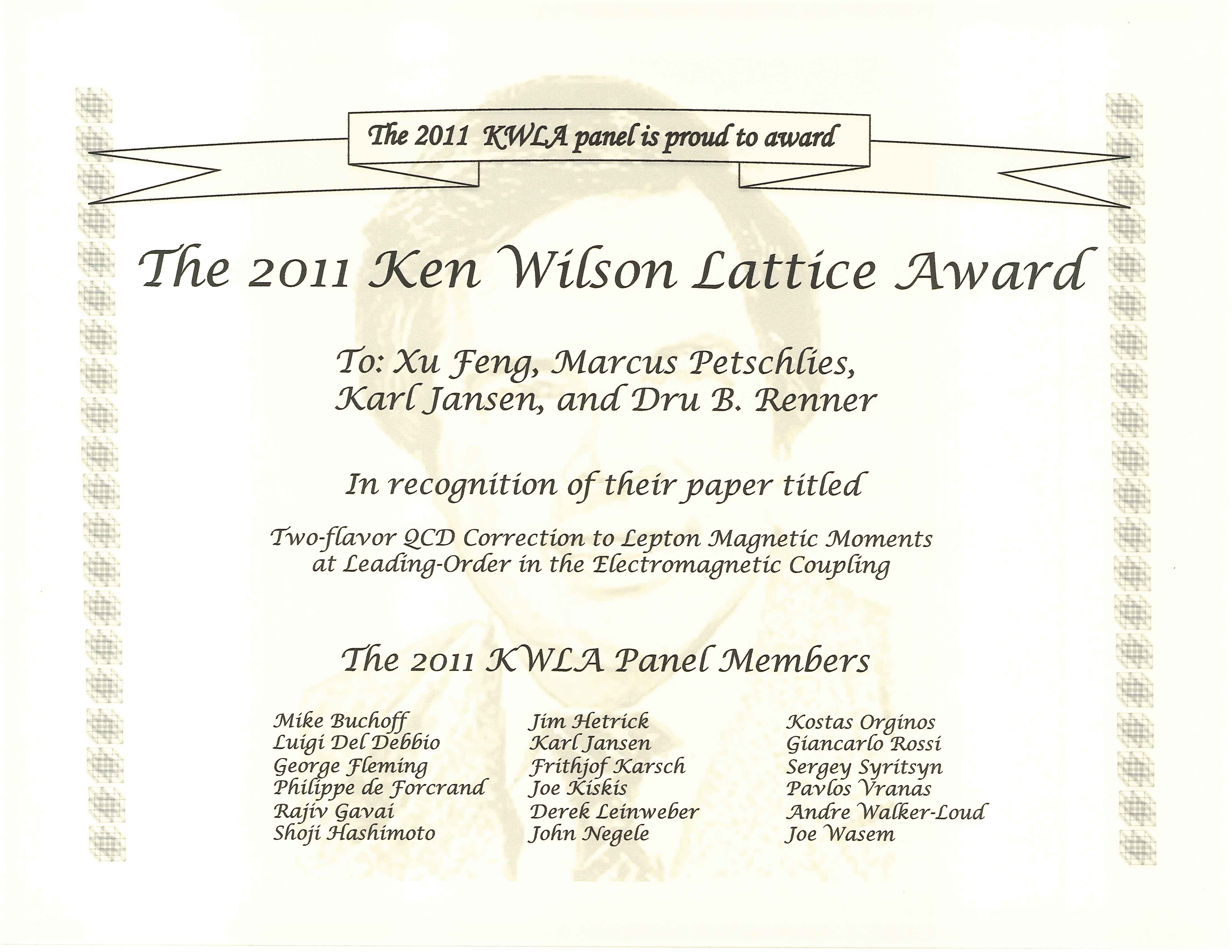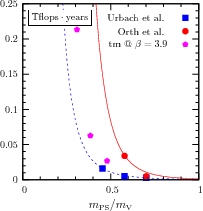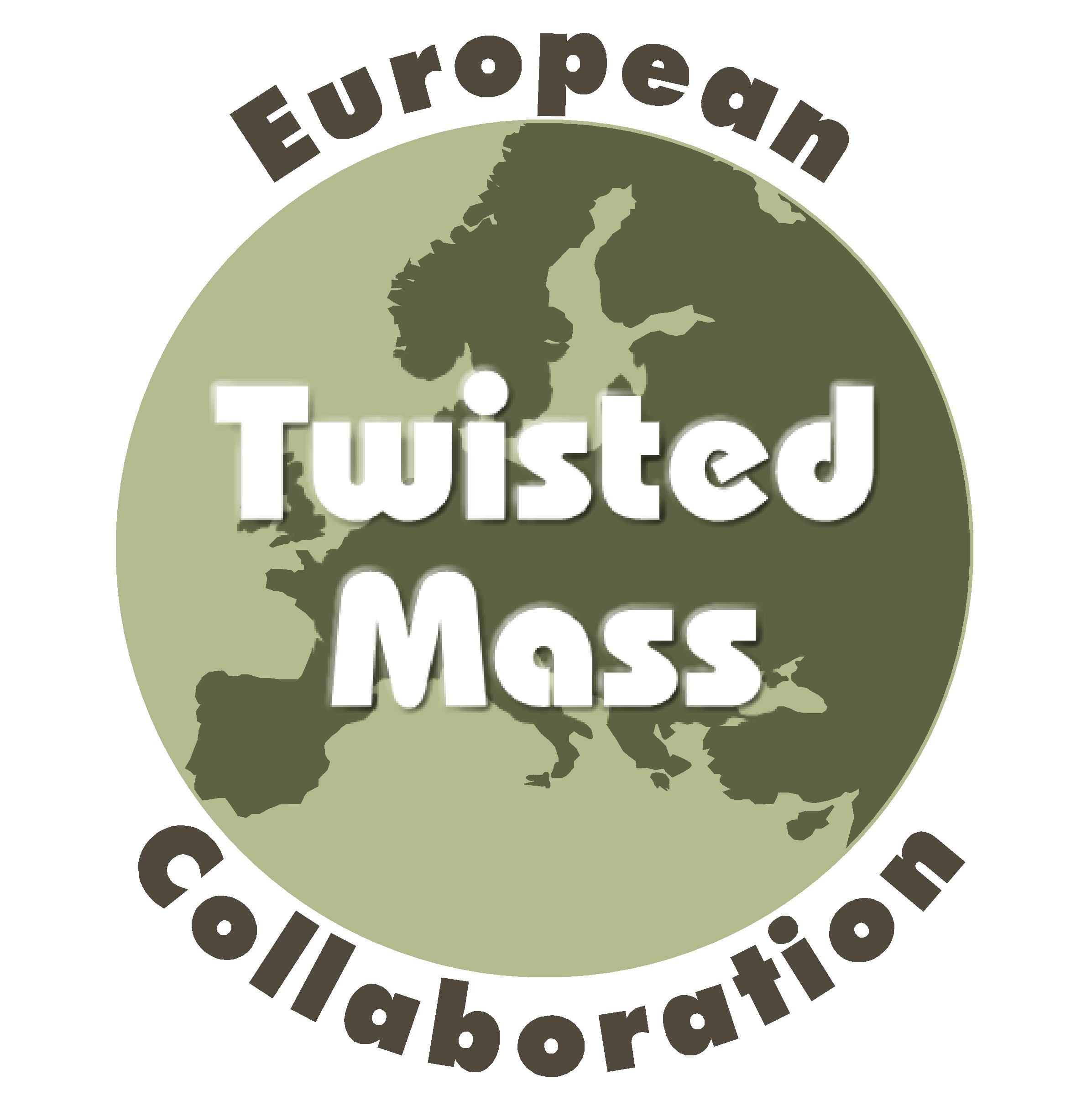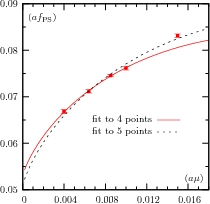Reconstruction of light-cone parton distribution functions from lattice QCD simulations at the physical point
Constantia Alexandrou, Krzysztof Cichy, Martha Constantinou, Karl Jansen, Aurora Scapellato, Fernanda Steffens Published in Phys.Rev.Lett. 121 (2018) 11, 112001
arXiv:1803.02685
Parton distribution functions from the lattice at the physical pion mass



 ETMC
publication proving the
ETMC
publication proving the 
